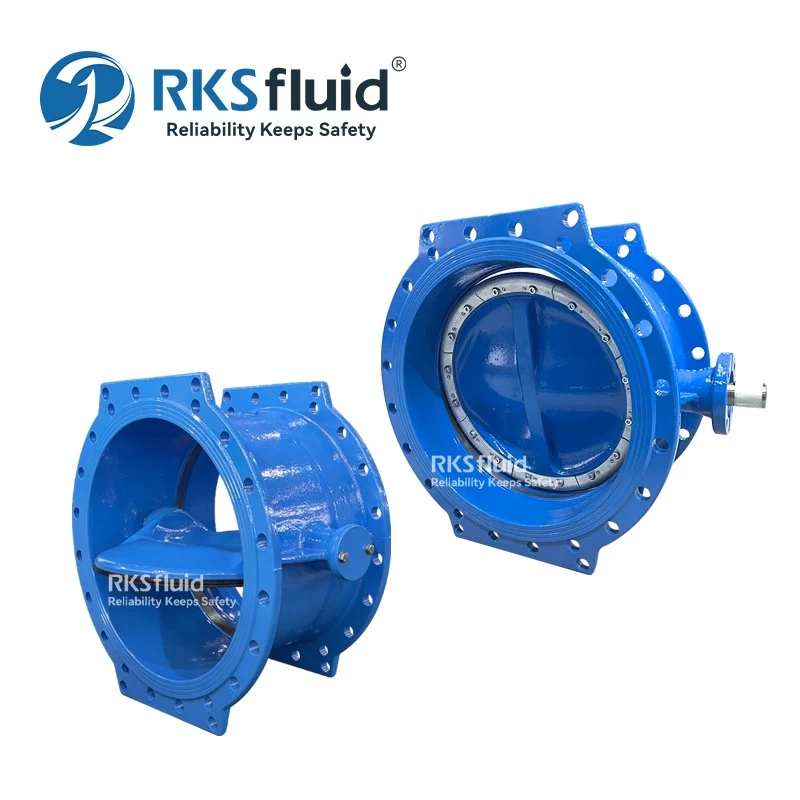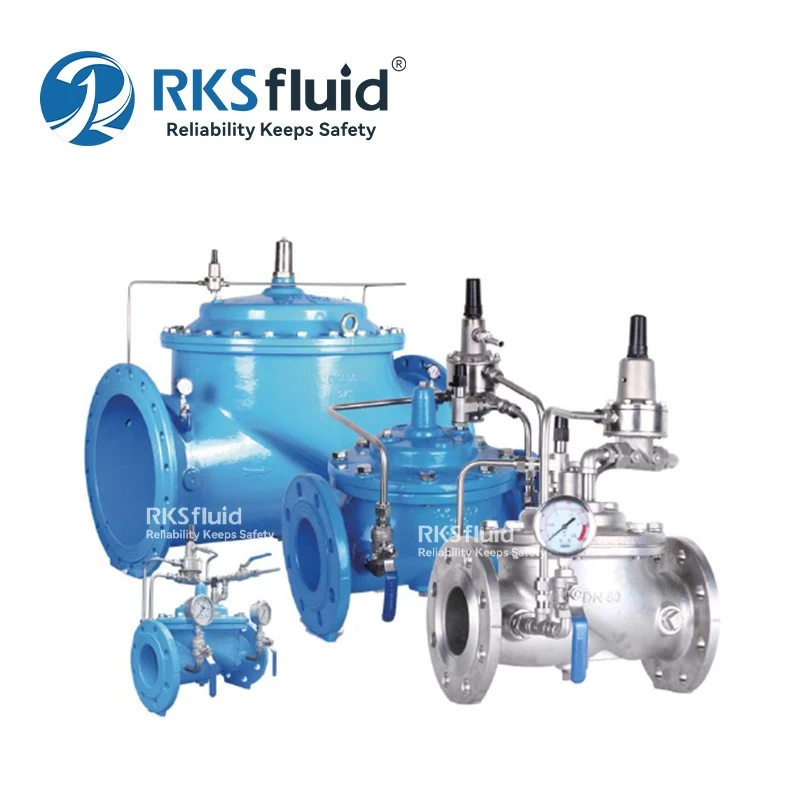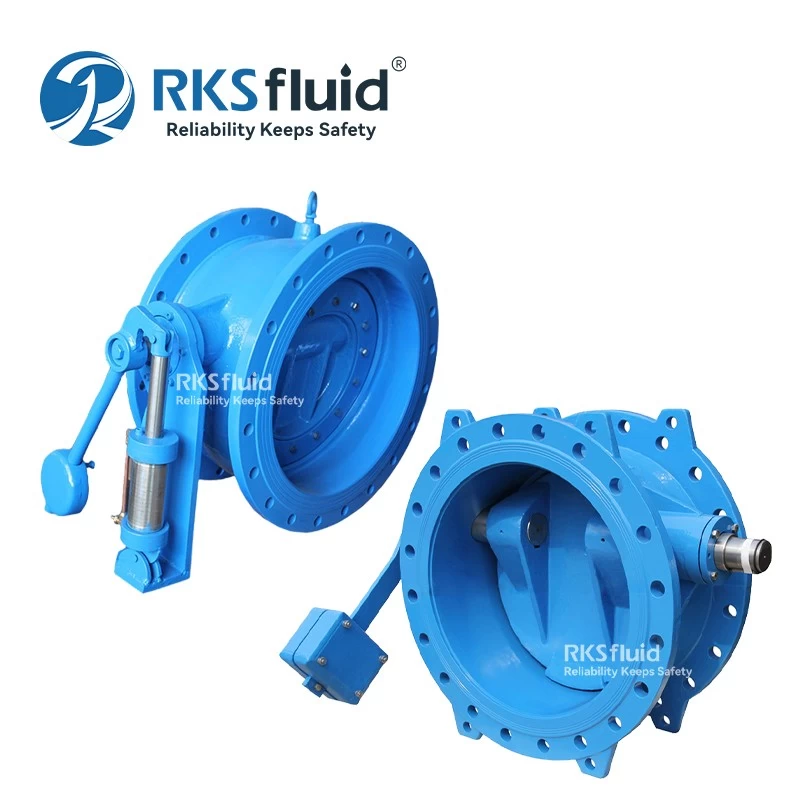- Main Product
- Contact Us
-
RKSfluid Flow Control Company
Web: www.rksfluid.com
Tel: +86 24 2318 0188
Fax: +86 24 2318 0788
Mail: info@rksfluid.com Contact Now
- Subscribe
-
Get email updates on new products
News
Precautions for installing the valve
Precautions for installing the valve
1. When installing the valve, it is necessary to clean the inner cavity and the sealing surface, and the connecting bolts are evenly tightened to check whether the packing is tight.
2. The valve at the time of installation is in the closed state.
3. large-size gate valve, pneumatic control valve should be installed vertically, so as to avoid the valve core's own weight is biased to one side, this will cause leakage.
4. There is a set of correct installation process standards.
5. The valve should be installed according to the allowed working position, but must pay attention to the convenience of inspection and operation.
6. The installation of the shut-off valve should be such that the flow direction of the medium is consistent with the arrow marked on the valve body. For the valve that does not open and close frequently, it is necessary to strictly ensure that the valve does not leak under the closed state, and can be reverse mounted to close it by the pressure of the medium. .
7. When tightening the compression screw, the valve should be in a slightly open state to avoid crushing the top sealing surface of the valve.
8. The low temperature valve should be opened and closed in the cold state as far as possible before positioning, requiring flexibility and no jamming.
9. The liquid valve should be configured such that the valve stem is inclined at an angle of 10° to the horizontal to prevent the liquid from flowing out along the valve stem. More serious is to avoid leakage.
10. After the large-scale air separation tower is barely cold, the flange of the connecting valve is pre-tightened in a cold state to prevent leakage at a low temperature and leakage at a low temperature.
11. It is strictly forbidden to climb the valve stem as a scaffold during installation.
12. After all the valves are in place, they should be opened and closed again, and the phenomenon of flexibility and no jamming is qualified.
13. the valve should generally be positioned before the pipeline installation. The piping should be natural and the position should not be hard to avoid the prestressing.
14. non-metallic valves, some are hard and brittle, and some have low strength. When operating, the opening and closing force should not be too large, especially not to make it strong. Also pay attention to the object collision.
15. When handling and installing valves, beware of bumping and scratching accidents.
16. When the new valve is used, the packing should not be pressed too tightly, so as not to leak, so as to avoid the valve stem being pressed too much, accelerating wear and tear, and it is difficult to open and close.
17. Before installing the valve, make sure that the valve meets the design requirements and relevant standards.
18. Before installing the valve, the inside of the pipeline should be cleaned to remove impurities such as iron filings to prevent the valve seal seat from being contaminated with foreign matter.
19. When the high temperature valve is installed at room temperature, after use, the temperature rises, the bolt expands and the gap increases, so it must be tightened again. This problem needs attention, otherwise it is easy to leak.
20. Install the valve to confirm whether the flow direction of the medium, the installation form and the position of the handwheel are in compliance with the regulations.











